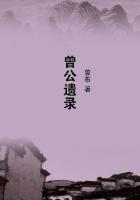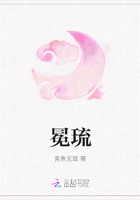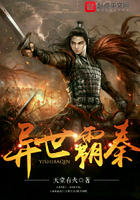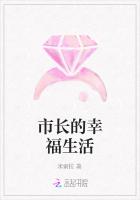The broader and shorter the loins the more easily will the horse raise his forequarters and bring up his hindquarters under him. Given these points, moreover, the belly will appear as small as possible, a portion of the body which if large is partly a disfigurement and partly tends to make the horse less strong and capable of carrying weight.[26]
[26] Al. "more feeble at once and ponderous in his gait."The quarters should be broad and fleshy in correspondence with the sides and chest, and if they are also firm and solid throughout they will be all the lighter for the racecourse, and will render the horse in every way more fleet.
To come to the thighs (and buttocks):[27] if the horse have these separated by a broad line of demarcation[28] he will be able to plant his hind-legs under him with a good gap between;[29] and in so doing will assume a posture[30] and a gait in action at once prouder and more firmly balanced, and in every way appear to the best advantage.
[27] Lit. "the thighs beneath the tail."
[28] Reading {plateia to gramme diorismenous ekhe}, sc. the perineum. Al. Courier (after Apsyrtus), op. cit. p. 14, {plateis te kai me diestrammenous}, "broad and not turned outwards."[29] Or, "he will be sure to spread well behind," etc.
[30] {ton upobasin}, tech. of the crouching posture assumed by the horse for mounting or "in doing the demi-passade" (so Morgan, op. cit. p. 126).
The human subject would seem to point to this conclusion. When a man wants to lift anything from off the ground he essays to do so by bringing the legs apart and not by bringing them together.
A horse ought not to have large testicles, though that is not a point to be determined in the colt.
And now, as regards the lower parts, the hocks,[31] or shanks and fetlocks and hoofs, we have only to repeat what has been said already about those of the fore-legs.
[31] {ton katothen astragelon, e knemon}, lit. "the under (or hinder?) knuckle-bones (hocks?) or shins"; i.e. anatomically speaking, the os calcis, astragalus, tarsals, and metatarsal large and small.
I will here note some indications by which one may forecast the probable size of the grown animal. The colt with the longest shanks at the moment of being foaled will grow into the biggest horse; the fact being-- and it holds of all the domestic quadrupeds[32]--that with advance of timethe legs hardly increase at all, while the rest of the body grows uniformly up to these, until it has attained its proper symmetry.
[32] Cf. Aristot. "de Part. Anim." iv. 10; "H. A." ii. 1; Plin. "N. H." xi. 108.
Such is the type[33] of colt and such the tests to be applied, with every prospect of getting a sound-footed, strong, and fleshy animal fine of form and large of stature. If changes in some instances develop during growth, that need not prevent us from applying our tests in confidence. It far more often happens that an ugly-looking colt will turn out serviceable,[34] than that a foal of the above deion will turn out ugly or defective.
[33] Lit. "by testing the shape of the colt in this way it seems to us the purchaser will get," etc.
[34] For the vulg. {eukhroastoi}, a doubtful word = "well coloured,"i.e. "sleek and healthy," L. & S. would read {eukhrooi} (cf. "Pol. Lac."v.8).L.Dind.conj.{enrostoi},"robust";Schneid.
{eukhrestoi}, "serviceable."

